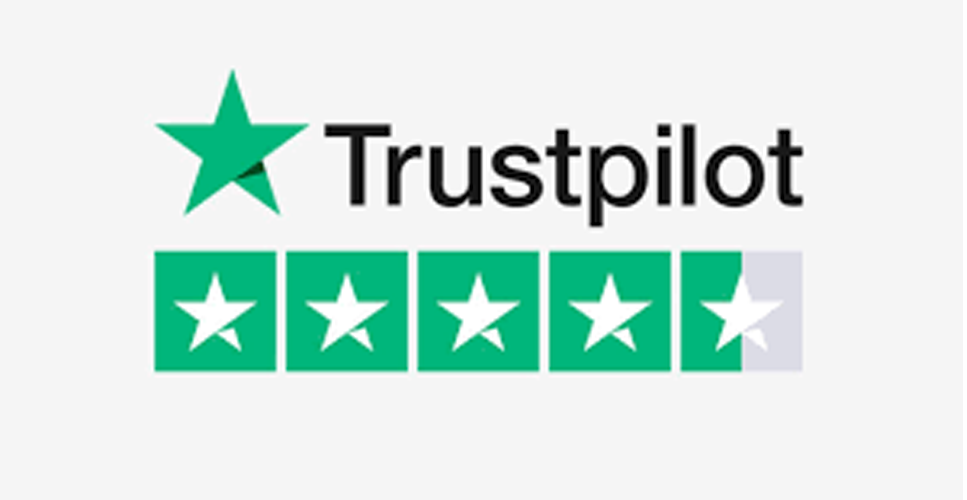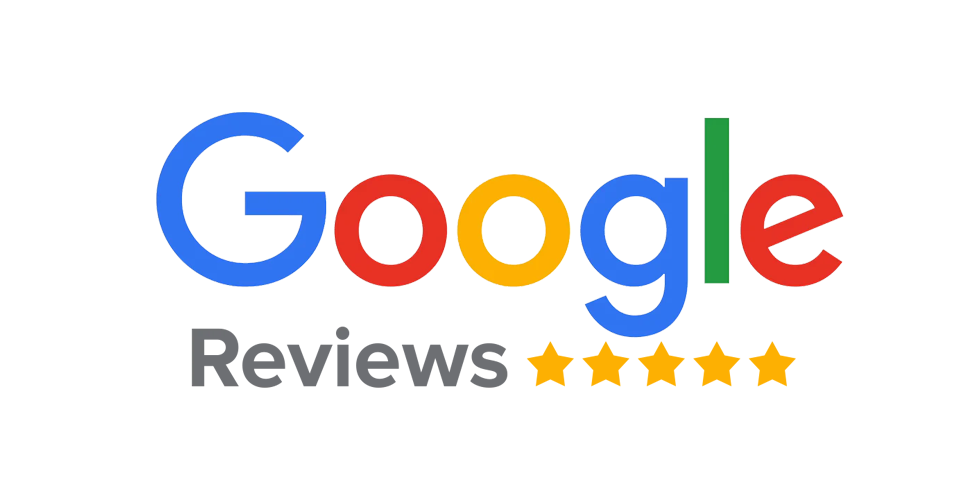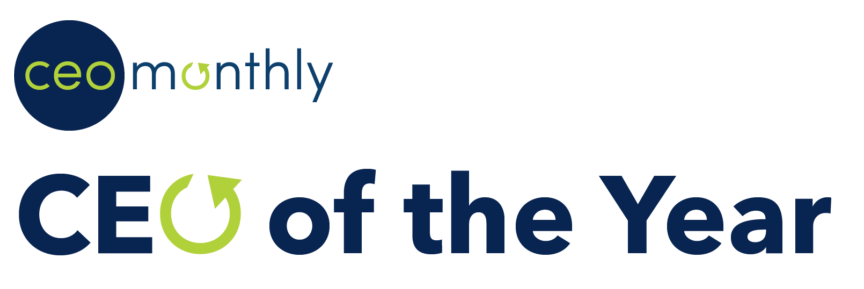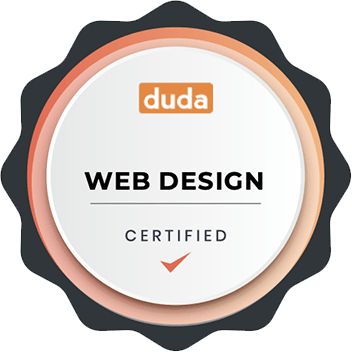The Ultimate Guide to Local SEO: How Small Businesses Can Dominate Their Area
If you’re a small business owner, you know how important it is to connect with customers in your local area. Whether you’re running a bakery in Bristol, a plumbing service in Leeds, or a hair salon in Manchester, your customers are likely searching for businesses like yours with terms like “bakery near me” or “plumber in Leeds.” That’s where local SEO comes in—it’s the key to getting your business found by the people who matter most: your nearby customers.
At Leads Nurtured, we’re passionate about helping small businesses dominate their local area with practical, affordable digital marketing solutions. In this ultimate guide, I’ll walk you through everything you need to know about local SEO, from keyword research to Google My Business optimisation, so you can start attracting more local customers today.
Why Local SEO Matters for Small Businesses
Let’s start with the basics: what is local SEO, and why should you care? Local SEO (search engine optimisation) is the process of optimising your online presence to rank higher in local search results on Google.
When someone searches for “coffee shop near me” or “hairdresser in Bristol,” Google uses local SEO signals—like your location, reviews, and website content—to decide which businesses to show.
Here’s a stat that might surprise you: 46% of all Google searches are local (Web ID: 0). That means nearly half of the people searching online are looking for businesses in their area. If you’re not showing up in those results, you’re missing out on a huge opportunity to grow.
I’ve seen the power of local SEO firsthand. A few years ago, we worked with Sarah, a bakery owner in Bristol. She had a fantastic shop, but her website was nowhere to be found on Google. Customers were walking past her door to visit bigger chains because they couldn’t find her online.
We helped Sarah optimise her site for local searches like “bakery near me,” and within three months, her bookings had doubled. She texted me one day, over the moon: “I’ve got people walking in saying they found me on Google!” That’s the kind of impact local SEO can have, and at Leads Nurtured, we’re here to help you achieve the same results.
Step 1: Conduct Local Keyword Research
The first step in local SEO is understanding what your customers are searching for. This is called keyword research, and it’s all about finding the terms people use when looking for businesses like yours.
For example, if you’re a plumber in Leeds, your customers might search for “plumber in Leeds,” “emergency plumber near me,” or “Leeds plumbing services.” These are the keywords you want to rank for.
How to Do It:
- Use Free Tools: Start with tools like Google Keyword Planner or Ubersuggest to find local keywords. Enter terms related to your business (e.g., “plumber”) and add your location (e.g., “Leeds”) to see search volume.
- Check Google Autocomplete: Type “plumber in Leeds” into Google and see what suggestions pop up. These are real searches people are making.
- Look at Competitors: Search for your target keywords and see which businesses rank on the first page. What keywords are they using on their websites?
Once you have a list of keywords, sprinkle them naturally throughout your website—on your homepage, service pages, and blog posts. With our Pulse package (£150/month), we’ll handle this for you, optimising your Duda website for one local area to ensure you rank for the right searches.
Step 2: Optimise Your Google My Business Profile
Your Google My Business (GMB) profile is one of the most important tools for local SEO. It’s what powers the “map pack” results you see at the top of Google when you search for a local business. A well-optimised GMB profile can help you rank higher, attract more clicks, and drive foot traffic to your store. Here’s a checklist to get it right, a service we include in our Surge package (£300/month):
- Claim Your Listing: Go to google.com/business and claim your business. If you’re already listed, verify ownership.
- Fill Out Every Detail: Add your address, phone number, website, and hours. Make sure they match what’s on your website to avoid confusion.
- Choose the Right Categories: Select categories that match your business, like “Bakery” or “Plumber.” This helps Google understand what you do.
- Add Photos: Upload high-quality photos of your storefront, products, and team. Businesses with photos get 42% more requests for directions (Google, 2023).
- Encourage Reviews: Ask happy customers to leave a review. Respond to all reviews—positive or negative—to show you care.
- Post Updates: Share promotions, events, or new blog posts directly on your GMB profile to keep it active.
We used this exact checklist to help Sarah’s bakery in Bristol. By optimising her GMB profile, adding photos of her pastries, and encouraging reviews, we helped her rank in the top three for “Bristol bakery.” With our Surge package, we’ll manage your GMB profile for you, ensuring it’s always working to bring in new customers.
Step 3: Create Location-Specific Content
Content is king in SEO, and for local SEO, that means creating content that’s specific to your area. This could be blog posts, landing pages, or even testimonials from local customers.
For example, a hair salon in Manchester could write a blog post titled “The Best Spring Hairstyles for Manchester Weather,” incorporating local keywords naturally.
This not only helps you rank for local searches but also shows your community that you understand their needs.
How to Do It:
- Write Local Blogs: Create blog posts about local events, news, or trends. For example, “Top 5 Things to Do in Leeds This Spring” for a Leeds-based business.
- Add Location Pages: If you serve multiple areas, create a page for each one (e.g., “Plumbing Services in Leeds,” “Plumbing Services in Bradford”).
- Showcase Local Testimonials: Feature reviews or stories from local customers on your website to build trust.
All our packages include blog creation—1 blog/month with Pulse, 2 with Surge, and 5 with Nova. We can write location-specific blogs for you, helping you rank higher and connect with your community.
Step 4: Build Local Citations and Backlinks
A citation is any online mention of your business’s name, address, and phone number (NAP). These are crucial for local SEO because they signal to Google that your business is legitimate and tied to a specific location. Backlinks—links from other websites to yours—are also important, especially if they’re from local sources.
How to Do It:
- List on Local Directories: Add your business to directories like Yell, Yelp, and Thomson Local. Ensure your NAP is consistent across all listings.
- Partner with Local Organisations: Sponsor a local event, like a village fete, and ask for a link on their website.
- Guest Post on Local Blogs: Write a guest post for a local news site or blog, including a link back to your website.
With our Surge package, we’ll help you build citations and optimise your online presence, ensuring Google sees you as a trusted local business.
Step 5: Optimise Your Website for Local SEO
Your website itself needs to be optimised for local SEO. This means making sure it’s mobile-friendly (since most local searches happen on mobile), fast-loading, and packed with local signals.
How to Do It:
- Add Your Location to Key Pages: Include your city or area in your homepage title, meta description, and content (e.g., “Bristol’s Best Bakery”).
- Embed a Google Map: Add a map of your location to your contact page to help customers find you.
- Use Schema Markup: This is a bit technical, but it’s code that tells Google your business’s location, hours, and more. We handle this for you with our SEO audits.
Our Pulse package includes a mobile-friendly Duda website, optimised for local SEO, with a free SSL certificate and sitemap creation. After 12 months, the website is yours to keep—no strings attached.
Step 6: Encourage and Manage Online Reviews
Reviews are a huge factor in local SEO. Not only do they influence your ranking (Google loves businesses with lots of positive reviews), but they also build trust with potential customers. A business with 4-star reviews is far more likely to get clicks than one with no reviews at all.
How to Do It:
- Ask for Reviews: After a purchase or service, send a polite email: “We’d love to hear about your experience—leave a review here!”
- Make It Easy: Add a link to your GMB review page on your website and in email signatures.
- Respond to Reviews: Thank customers for positive reviews and address negative ones professionally.
Our Nova package (£500/month) includes review management, so we can help you collect and showcase reviews, just like we did for Sarah’s bakery, helping her build credibility and attract more customers.
Step 7: Use Social Media to Boost Local Visibility
Social media isn’t just for big brands—it’s a powerful tool for local businesses too. Posting about local events, sharing customer stories, or running a contest can help you connect with your community and drive traffic to your GMB profile and website.
How to Do It:
- Share Local Content: Post about local events, like a Bristol spring festival, and tag other local businesses.
- Run a Contest: Ask followers to share a photo of your product with a hashtag like #SpringAt[YourBusinessName] for a chance to win a prize.
- Promote Your GMB Posts: Share your GMB updates on social media to drive more clicks.
With our Surge package, we’ll manage your GMB profile and help you amplify your social media efforts, ensuring your local community sees your posts.
Why Choose Leads Nurtured for Local SEO?
At Leads Nurtured, we’re not a faceless agency—we’re a team of real people who understand the challenges of running a small business.
We’ve helped businesses like Sarah’s bakery in Bristol dominate their local area, and we’d love to do the same for you. Our Surge package (£300/month) includes Google My Business management, local SEO for your region, and two blogs a month to boost your rankings. Plus, after 12 months, your website is yours to keep.
Ready to get found by more local customers? Let’s have a natter—no pressure, just a friendly chat about how we can help.
We’re Ready When You Are
See What We Can Do For Your Business






















